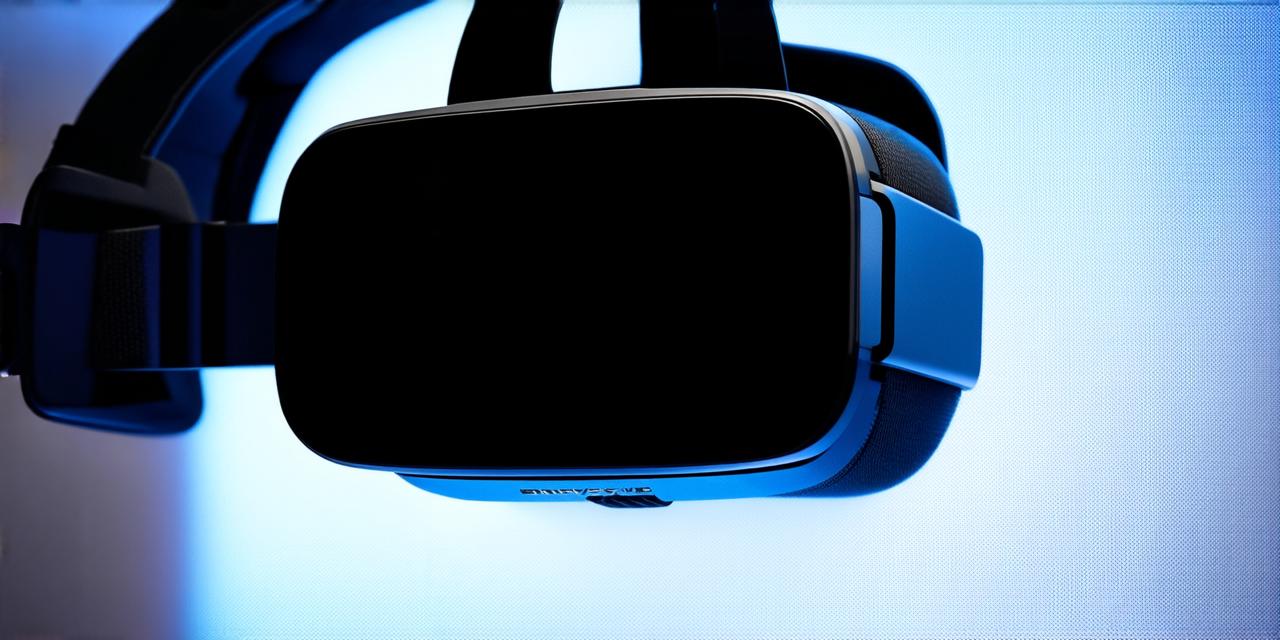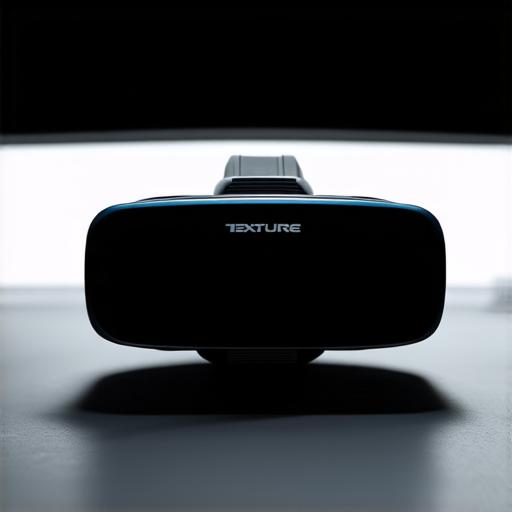
What does the “pass-through” feature do in a virtual reality headset?
Virtual reality (VR) headsets have become increasingly popular in recent years as they allow users to experience immersive environments in a way that was previously impossible.
One of the key features of VR headsets is the ability to pass through the virtual world and interact with real-world objects in the same space.
Pass-through technology allows users to see through their headset and view the world around them, while still being able to experience the virtual environment as if they were fully immersed in it. This technology is particularly useful for VR applications that require users to interact with real-world objects, such as training simulations or medical procedures.

One of the main advantages of pass-through technology is that it allows users to maintain a sense of spatial awareness, which can be especially important in situations where safety is paramount. For example, in a surgical procedure, surgeons can use pass-through technology to view the patient while still being able to perform delicate operations with precision.
Another advantage of pass-through technology is that it allows for more natural interactions between users and virtual objects. When users are fully immersed in a virtual environment, they may feel disconnected from the real world and struggle to interact with physical objects. With pass-through technology, however, users can still see and touch physical objects as if they were real, making interactions with virtual objects more intuitive and natural.
One example of the use of pass-through technology in VR is the Oculus Quest 2 headset, which includes a feature called “Wireless passthrough mode.” This mode allows users to view their physical surroundings while still being able to see and interact with virtual objects. Another example is the HTC Vive Pro Eye, which has a “Pass-Through mode” that allows users to see the real world while still being able to use the headset for VR applications.
Overall, pass-through technology is an important feature of VR headsets that allows users to maintain a sense of spatial awareness and interact with virtual objects in a more natural way. As VR technology continues to evolve, we can expect to see even more innovative uses of pass-through technology in the future.
What is pass-through technology in VR?
Pass-through technology allows users to see through their headset and view the real world while still being able to experience the virtual environment as if they were fully immersed in it.
Why is pass-through technology important in VR?
Pass-through technology allows users to maintain a sense of spatial awareness, which can be especially important in situations where safety is paramount. It also allows for more natural interactions between users and virtual objects.
Which VR headsets include pass-through technology?
The Oculus Quest 2 headset and the HTC Vive Pro Eye are examples of VR headsets that include pass-through technology.
How does pass-through technology work in VR?
Pass-through technology works by using cameras or other sensors to capture a view of the real world, which is then displayed on a screen within the VR headset. Users can see both their physical surroundings and virtual objects simultaneously.


